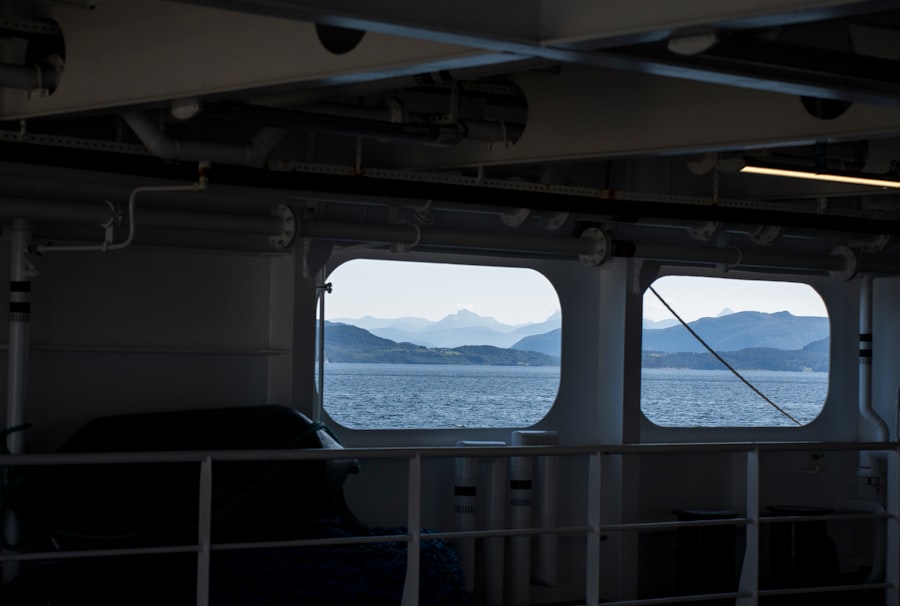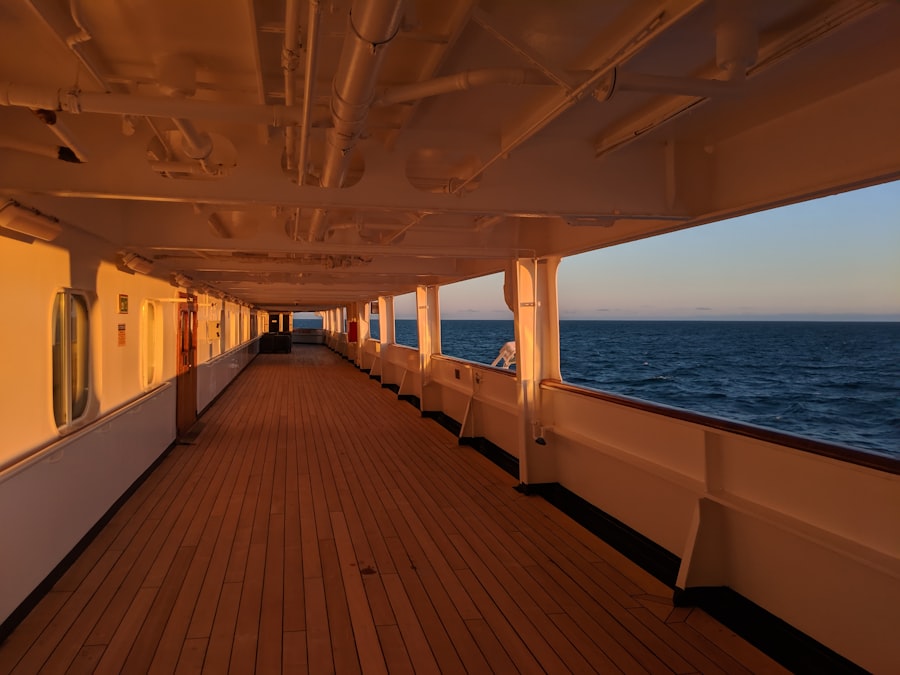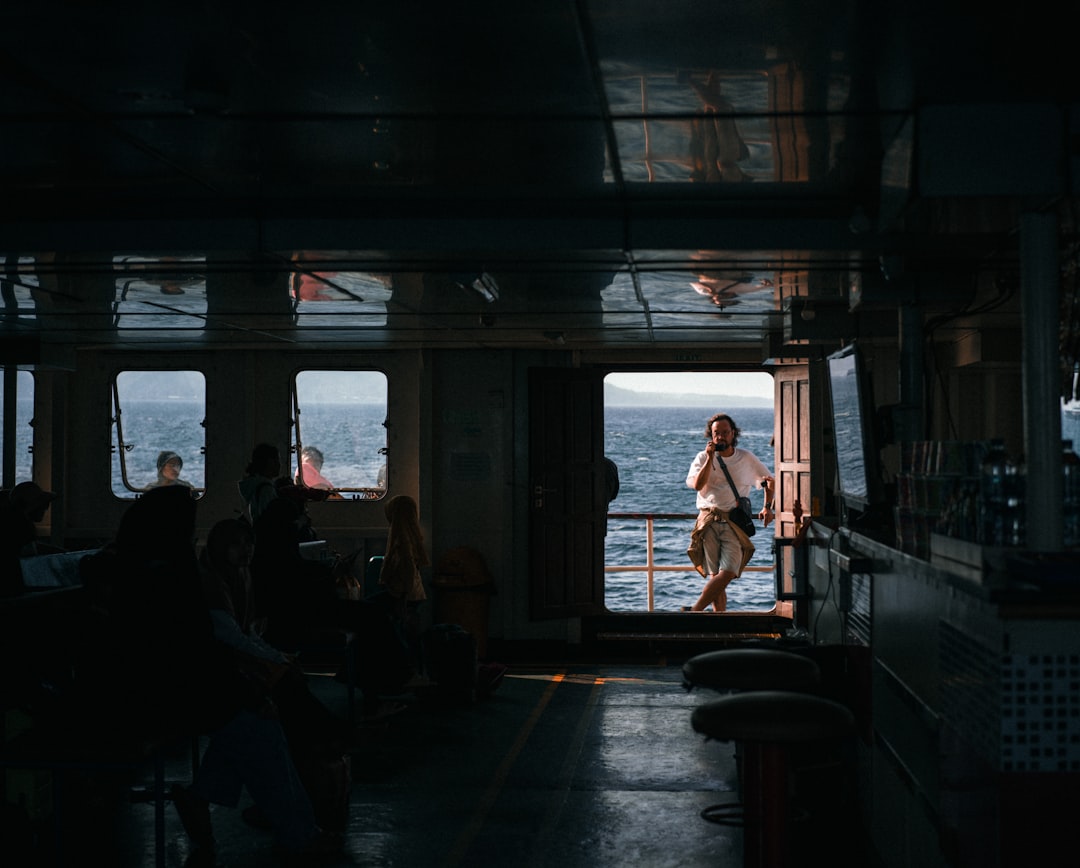The Drake Passage, a body of water that separates South America from Antarctica, is renowned for its tumultuous seas and breathtaking vistas. Stretching approximately 600 miles, this passage is not only a vital maritime route but also a gateway to one of the most remote and pristine regions on Earth. The waters are often characterized by their unpredictable nature, with strong currents and fierce winds that can challenge even the most seasoned sailors.
For adventurers and nature enthusiasts alike, the Drake Passage represents both a formidable obstacle and an exhilarating opportunity to explore the wonders of the Southern Ocean. As travelers embark on their journeys through this iconic passage, they are often filled with a sense of anticipation and excitement. The Drake Passage serves as a bridge to the untouched landscapes of Antarctica, where icebergs float majestically and wildlife thrives in its natural habitat.
The allure of this region lies not only in its stunning beauty but also in the rich experiences that await those who dare to navigate its waters. For many, crossing the Drake Passage is a rite of passage, marking the beginning of an unforgettable adventure into one of the last frontiers on the planet.
Key Takeaways
- The Drake Passage is a body of water between South America’s Cape Horn and the South Shetland Islands of Antarctica, known for its challenging sailing conditions.
- The Drake Passage has a rich history as a route for explorers and a significant role in the study of oceanography and climate change.
- Planning and preparation for a cruise through the Drake Passage should include packing for cold and unpredictable weather, and being prepared for rough seas.
- The wildlife and natural wonders of the Drake Passage include sightings of whales, seals, and a variety of seabirds, as well as stunning icebergs and glaciers.
- Sailing through the Drake Passage offers a unique and exhilarating experience, with opportunities for birdwatching, photography, and taking in the dramatic scenery.
History and significance of the Drake Passage
The history of the Drake Passage is steeped in exploration and discovery. Named after Sir Francis Drake, the English sea captain who navigated these waters in the late 16th century, the passage has long been a focal point for maritime navigation. Its strategic importance cannot be overstated; it serves as a crucial link between the Atlantic and Pacific Oceans.
The significance of the Drake Passage extends beyond its historical context. It plays a vital role in global oceanic currents and climate regulation.
The confluence of warm and cold waters in this area creates unique ecological conditions that support diverse marine life. As such, the Drake Passage is not only a passage for ships but also a critical component of Earth’s environmental systems. Understanding its history and significance provides valuable insight into the broader implications of human exploration and its impact on natural ecosystems.
Planning and preparation for a cruise through the Drake Passage

Planning a cruise through the Drake Passage requires careful consideration and preparation. Potential travelers must first choose the right time of year for their journey, as weather conditions can vary significantly between seasons. The austral summer, from November to March, is generally regarded as the best time to embark on such an adventure, offering milder temperatures and increased wildlife activity.
Travelers should also research various cruise operators to find one that aligns with their interests and budget, as options range from luxurious expedition vessels to more modest ships. In addition to selecting a cruise line, prospective passengers should prepare for the unique challenges posed by the Drake Passage. Packing appropriate clothing is essential; layers are recommended to accommodate fluctuating temperatures and potential rain or wind.
Sea sickness can be a concern for many travelers, so bringing motion sickness medication or remedies is advisable. Furthermore, understanding the itinerary and planned excursions can enhance the overall experience, allowing travelers to make the most of their time in this extraordinary region.
Wildlife and natural wonders of the Drake Passage
| Wildlife and Natural Wonders of the Drake Passage | |
|---|---|
| Albatross | Large seabirds known for their impressive wingspan and graceful flight. |
| Whales | The passage is home to various whale species, including humpback and minke whales. |
| Icebergs | The area is known for its stunning ice formations and towering icebergs. |
| Penguins | Several species of penguins, such as chinstrap and gentoo, can be found in the region. |
| Seals | Various seal species, including leopard seals and Weddell seals, inhabit the waters and ice floes. |
The Drake Passage is teeming with wildlife, making it a paradise for nature lovers and photographers alike. As ships traverse these waters, passengers often have the opportunity to spot an array of marine animals, including seals, whales, and various seabirds. The passage is particularly famous for its large populations of albatrosses, which glide gracefully above the waves, showcasing their impressive wingspans.
These majestic birds are often seen following vessels, creating a captivating spectacle for those on board. In addition to its avian inhabitants, the waters of the Drake Passage are home to several species of whales, including humpback, minke, and orca whales. Sightings of these magnificent creatures can be awe-inspiring moments during a cruise.
The surrounding landscapes are equally breathtaking; towering icebergs and glacial formations create a stunning backdrop against the deep blue sea. The natural wonders of the Drake Passage offer an unparalleled experience for those fortunate enough to witness them firsthand.
The experience of sailing through the Drake Passage
Sailing through the Drake Passage is an experience unlike any other. As vessels navigate these storied waters, passengers often feel a mix of exhilaration and trepidation due to the unpredictable nature of the sea. The journey can be both thrilling and challenging; waves can rise dramatically, creating a sense of adventure that few other travel experiences can match.
For many travelers, crossing the Drake Passage becomes a defining moment in their journey to Antarctica. The atmosphere on board during this crossing is often charged with excitement as passengers share stories and camaraderie while braving the elements together. Many cruise lines offer educational programs during this time, providing insights into the unique geography and ecology of the region.
As travelers gaze out at the vast expanse of ocean, they are reminded of their place in the world and the beauty that lies beyond their everyday lives. This shared experience fosters connections among passengers that can last long after the journey has ended.
Activities and excursions during a cruise through the Drake Passage

A cruise through the Drake Passage offers a plethora of activities and excursions designed to enhance travelers’ experiences in this remarkable region. Many cruise operators provide opportunities for guided landings on Antarctic shores, where passengers can explore unique landscapes and observe wildlife up close. These excursions often include visits to research stations or historic sites that highlight human interaction with this remote environment.
In addition to land-based activities, many cruises offer opportunities for kayaking or zodiac excursions in the icy waters surrounding Antarctica. These smaller vessels allow travelers to navigate through icebergs and get closer to marine life without disturbing their natural habitats. Photography workshops may also be available for those looking to capture stunning images of their surroundings.
Each activity is designed to immerse travelers in the beauty and wonder of this extraordinary region while fostering a deeper appreciation for its fragile ecosystems.
Weather and sea conditions in the Drake Passage
The weather and sea conditions in the Drake Passage are notoriously unpredictable, which can significantly impact any cruise experience. Travelers should be prepared for rapidly changing weather patterns that can include everything from bright sunshine to heavy rain or snow within a single day. Wind speeds can also vary greatly, contributing to rough seas that may challenge even experienced sailors.
Understanding these conditions is crucial for ensuring safety and comfort during a cruise. While some days may present calm waters ideal for exploration, others may require adjustments to itineraries or activities due to inclement weather. Passengers are encouraged to remain flexible and adaptable throughout their journey, embracing whatever nature has in store for them as they navigate this remarkable passage.
Safety and navigation in the Drake Passage
Safety is paramount when navigating through the Drake Passage, given its reputation for rough seas and unpredictable weather conditions. Modern cruise ships are equipped with advanced navigation technology designed to ensure safe passage through these challenging waters. Experienced crews are trained to handle emergencies and adverse conditions, providing peace of mind for passengers embarking on this adventure.
In addition to technological advancements, safety protocols are strictly adhered to during cruises through the Drake Passage. Passengers receive briefings on safety procedures before embarking on excursions or landings, ensuring they are well-informed about potential risks associated with wildlife encounters or changing weather conditions. By prioritizing safety and navigation, cruise operators strive to create an enjoyable experience while minimizing risks associated with this formidable passage.
Cultural and historical sites along the route
The route through the Drake Passage is not only defined by its natural beauty but also by its rich cultural and historical significance. As ships approach Antarctica, they often pass by several notable sites that tell stories of exploration and human endeavor in this remote region. One such site is Deception Island, an active volcanic caldera that has served as a whaling station and research base over the years.
Visitors can explore artifacts from past expeditions while learning about ongoing conservation efforts in this fragile environment. These cultural touchpoints enrich travelers’ experiences as they gain a deeper understanding of humanity’s relationship with this pristine wilderness.
Tips for making the most of a cruise through the Drake Passage
To maximize enjoyment during a cruise through the Drake Passage, travelers should consider several practical tips. First and foremost, staying informed about daily itineraries and planned excursions can help ensure that no opportunities are missed during this adventure. Engaging with onboard naturalists or guides can provide valuable insights into wildlife sightings or geological features encountered along the way.
Additionally, maintaining an open mind and flexible attitude will enhance overall enjoyment during potentially challenging conditions at sea. Embracing spontaneity can lead to unexpected discoveries or memorable moments that define one’s journey through this remarkable passage. Finally, taking time to connect with fellow travelers fosters camaraderie that enriches shared experiences throughout this unforgettable adventure.
The allure of the Drake Passage
The allure of the Drake Passage lies not only in its breathtaking landscapes but also in its rich history and vibrant ecosystems that captivate adventurers from around the globe. As travelers navigate these storied waters en route to Antarctica, they embark on a journey filled with excitement, discovery, and connection with nature’s wonders. The challenges posed by unpredictable weather only serve to heighten appreciation for this remarkable region’s beauty.
Ultimately, crossing the Drake Passage becomes more than just a physical journey; it transforms into an exploration of self-discovery amid one of Earth’s last frontiers. For those who dare to venture into these waters, the rewards are immeasurable—an unforgettable experience that leaves lasting impressions long after returning home from this extraordinary adventure.
Navigating the Drake Passage is often considered a rite of passage for avid cruisers and adventurers alike, offering a thrilling yet challenging experience as they journey from the southern tip of South America to the icy realms of Antarctica. For those interested in learning more about this treacherous yet fascinating route, an insightful article can be found on MyGeoQuest. This article delves into the history, challenges, and unique experiences associated with cruising the Drake Passage. To explore this further, you can read the full article by visiting MyGeoQuest’s dedicated page on the Drake Passage.
WATCH HERE: Drake Passage: Earth’s Deadliest Waters Revealed
FAQs
What is the Drake Passage?
The Drake Passage is the body of water between the southern tip of South America and the northern tip of the Antarctic Peninsula. It is known for its rough seas and challenging sailing conditions.
What is a cruise through the Drake Passage like?
A cruise through the Drake Passage can be a thrilling and adventurous experience. Passengers can expect to encounter strong winds, large waves, and potentially rough seas. However, it also offers the opportunity to see incredible wildlife and stunning scenery.
What wildlife can be seen during a cruise through the Drake Passage?
Passengers on a cruise through the Drake Passage may have the chance to see a variety of wildlife, including whales, dolphins, seabirds, and possibly even penguins and seals.
What should I pack for a cruise through the Drake Passage?
It is important to pack warm, waterproof clothing, including a good quality jacket, pants, and sturdy footwear. It is also advisable to bring motion sickness medication, as the rough seas can cause discomfort for some passengers.
When is the best time to take a cruise through the Drake Passage?
The best time to take a cruise through the Drake Passage is during the Antarctic summer, which runs from November to March. This is when the weather is milder and wildlife is most active.
